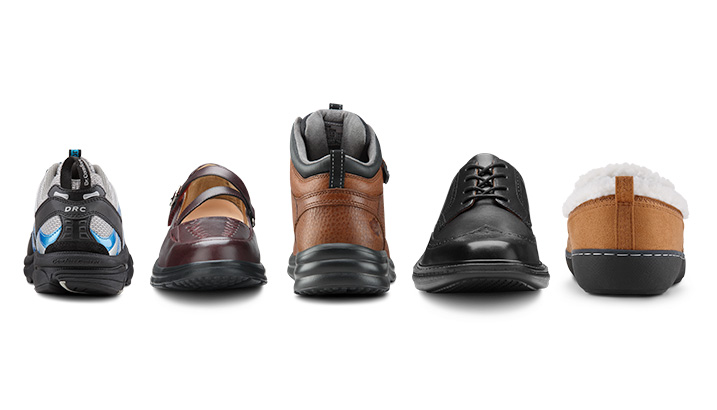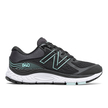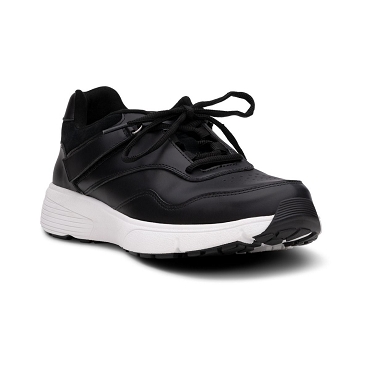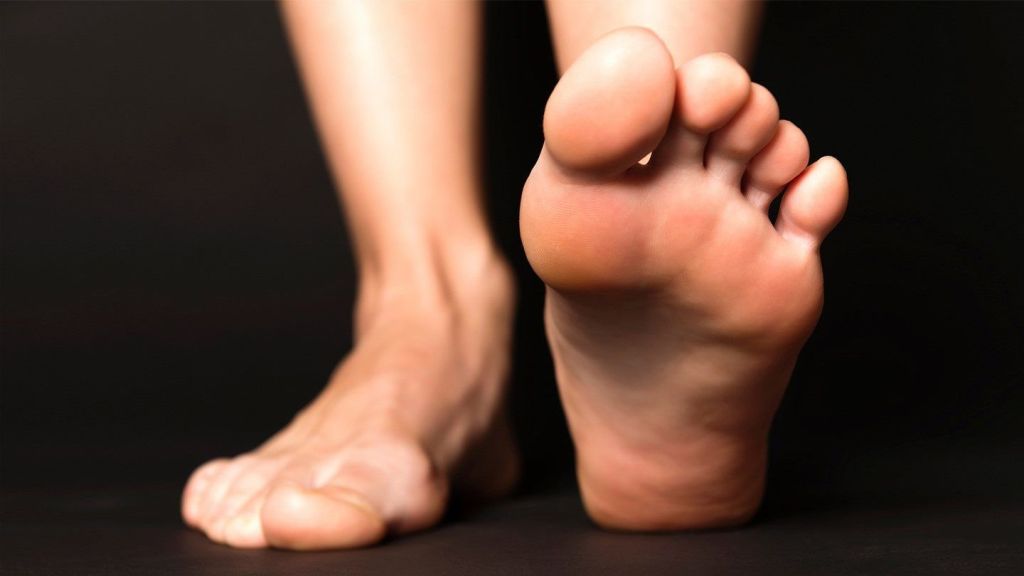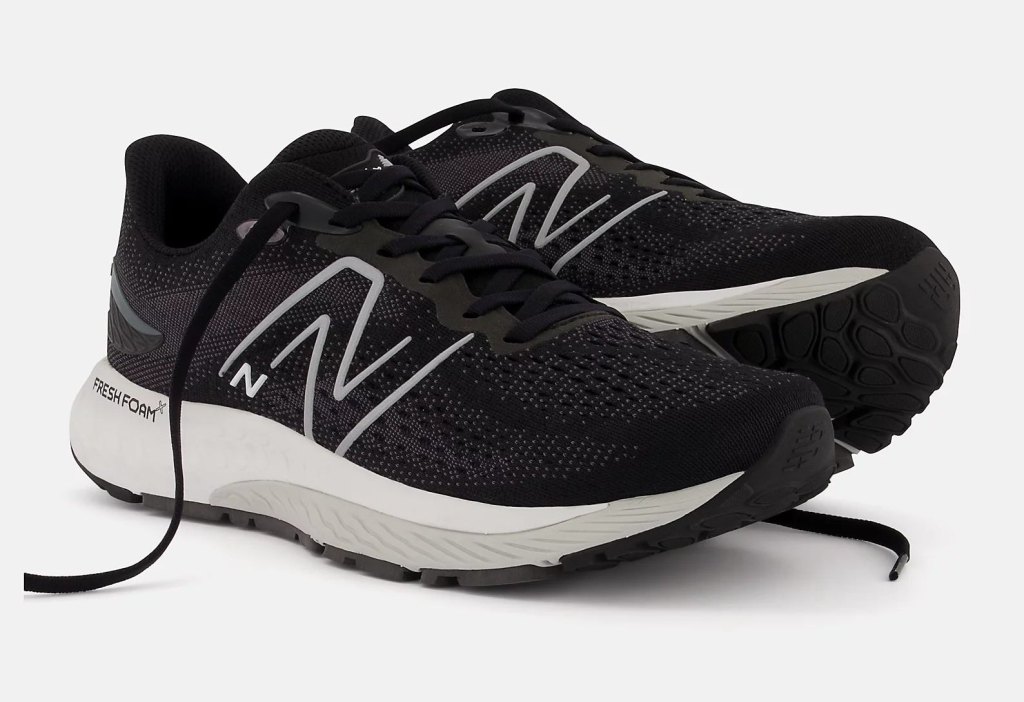One of the normal confusions related to diabetes is the improvement of foot ulcers and wounds, which can prompt serious diseases and even removals while perhaps not appropriately made due. As of late, using specific gadgets called cam walkers has acquired consideration in administering diabetic foot conditions. This article investigates the manners by which Dia-Foot cam walkers can help people who suffers with diabetes and examines their likely advantages in advancing, recuperating, and forestalling complexities.

What is Cam Walkers?
Cam walkers, otherwise called controlled lower leg movement walkers or clinical boots, are muscular gadgets that offer help, insurance, and immobilization to the foot and lower leg. They are regularly made of an inflexible edge, with movable lashes and padding inside to improve solace. Cam walkers are recommended by medical services experts for different circumstances, including diabetic foot ulcers, breaks, injuries, and post-careful recuperation.
Diabetic foot conditions and the role of cam walkers
Offloading Tension: One of the essential objectives in overseeing diabetic foot ulcers is to ease the strain on the impacted region. Cam walkers include a rocker bottom plan that conveys weight equally across the foot. By diminishing strain on unambiguous locales inclined to ulcers, cam walkers advance mending and forestall the movement of wounds.
Immobilization and protection: Diabetic foot ulcers often require protection from external forces that can exacerbate the condition. Cam walkers provide rigid support and immobilization to prevent excessive movement, allowing the wound to heal without disruption. Furthermore, they act as a barrier, shielding the foot from trauma, accidental kicks, or impacts that could cause further damage.
Stability and balance: Diabetes-related neuropathy and fringe vascular illness can disable sensation, muscle control, and equilibrium. Cam walkers offer extra security to people with these circumstances, diminishing the gamble of falls and wounds. Further developed equilibrium can add to more readily weight conveyance and diminish strain on weak regions.
Wound Healing promotion:
By working with offloading, immobilization, and assurance, cam walkers establish an ideal climate for wound mending. Diminished pressure and safeguarded wound destinations consider further developed bloodstream, oxygenation, and supplement conveyance to the impacted region. These variables are critical for tissue recovery and the avoidance of disease.
Patient compliance: One of the difficulties in overseeing diabetic foot ulcers is guaranteeing patient consistency with treatment conventions. Cam walkers are generally more agreeable to wear than conventional projects, improving the probability of patients sticking to the endorsed routine. Their movable lashes and cushioning add to a redid fit, which upgrades solace and decreases the possibilities of resistance because of uneasiness.
The conclusion
Dia-Foot Cam walkers are valuable in managing diabetic foot conditions by providing offloading, protection, immobilization, and stability. These devices help promote wound healing, prevent complications, and improve patient compliance. However, it is essential to note that cam walkers should be accompanied by a comprehensive treatment plan involving regular monitoring, wound care, and consultation with healthcare professionals specializing in diabetic foot management. Early detection, timely intervention, and a multidisciplinary approach remain vital in optimizing outcomes for individuals with diabetic foot conditions.


